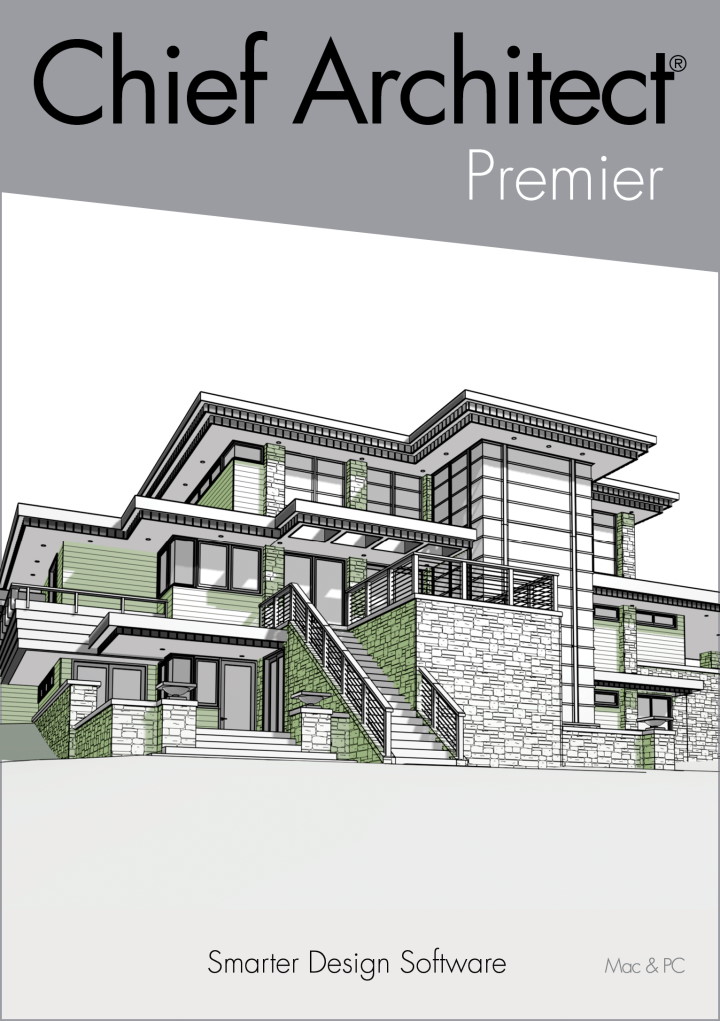Architect Checklist for New Commercial Projects
Architect Checklist for New Commercial Projects
Blog Article
Discover the Essential Abilities and Top Qualities Every Architect Have To Possess
As a designer, you recognize that success in your area goes past simply technological abilities. It has to do with blending creative thinking with usefulness, cultivating collaboration, and handling jobs effectively. Each quality plays a vital duty in your ability to make rooms that influence and operate well. But what are the details abilities that can genuinely establish you apart? Let's check out the crucial attributes every Architect must grow to prosper in this ever-evolving career.
Creativity and Technology
Imagination and advancement go to the heart of architecture, driving the style of spaces that inspire and function seamlessly. As an architect, you'll require to believe outside the box, pressing limits to produce special solutions for your customers. You'll continuously discover new products, strategies, and technologies to enhance your styles. Welcoming technology implies staying ahead of trends while being adaptable to transform.
You'll additionally draw ideas from different sources-- nature, art, and even everyday life can trigger fresh concepts. This capacity to blend creativity with usefulness enables you to attend to complex problems, guaranteeing your layouts satisfy both visual and functional needs.
Solid Interaction Skills
While designing exceptional spaces requires imagination, strong interaction skills are just as crucial for designers. You need to convey your concepts plainly to clients, service providers, and employee. Listening is equally as crucial; understanding your customer's vision aids you develop designs that absolutely meet their needs.
You'll usually need to explain intricate concepts in a method that's simple to realize, whether you're offering a proposal or going over products. Reliable communication promotes collaboration, making certain everybody gets on the same page throughout the project.
Structure relationships is essential, also. When you establish trust fund and relationship, clients are more probable to share their issues and comments, causing far better outcomes.
Finally, do not take too lightly the power of body language and aesthetic help. They can boost your message and make your discussions extra engaging. Strong communication abilities not just boost your layouts yet also reinforce your expert connections in the building world.
Technical Effectiveness in Style Software Application
As you browse the ever-evolving world of style, mastering layout software application becomes important for converting your creative ideas into concrete strategies. Acquainting yourself with programs like AutoCAD, Revit, and SketchUp will certainly not just boost your style abilities but likewise streamline your workflow. These devices enable you to create detailed drawings, 3D models, and even simulations that can aid you imagine and present your concepts extra efficiently.
Frequently upgrading your abilities and checking out new attributes can establish you apart from your peers, ensuring your styles are specific and ingenious. Ultimately, technological proficiency in design software application is a keystone of successful design, assisting you bring your visions to life.
Recognizing of Design Principles

Understanding engineering principles additionally allows you to expect potential challenges early in the layout process. You can make informed choices that improve your designs when you're conscious of exactly how different materials behave under various conditions. Your designs ought to not just be aesthetically pleasing but also practical and lasting.
Furthermore, a solid understanding of engineering concepts allows you to innovate within restrictions. You can push innovative borders while still adhering to safety and security requirements. Inevitably, this understanding enhances your architectural practice and establishes you apart in a competitive field.
Job Administration Abilities
Efficient project administration capacities are necessary for designers, allowing you to look after all elements of a project from perception to conclusion. You'll require to coordinate with different stakeholders, including service providers, designers, and clients, making sure everybody's on the same web page. Establishing clear goals, timelines, and budgets is basic; it aids you keep the job on the right track and within scope.
As an architect, you ought to additionally be proficient in danger management, identifying potential problems prior to they escalate. Solid interaction skills are very important, permitting you to express your vision and inspire your team. You'll take advantage of being organized and detail-oriented, as this assists improve processes and avoid costly delays.
Additionally, versatility is key; jobs usually progress, and being versatile permits you to respond efficiently to modifications. Inevitably, your task monitoring abilities can substantially influence the success of your building endeavors, ensuring you deliver high quality outcomes promptly and within budget.
Interest to Detail
While managing projects is crucial, your attention to detail can make a substantial distinction in the high quality of your job. Every line you attract, every material you pick, and every small specification you keep in mind contributes to the overall success of a task. You need to be precise, guaranteeing that your layouts not just satisfy visual requirements however likewise follow building guidelines and codes.
Missing out on even a small information can lead to costly revisions or safety and security issues down the line. By growing a keen eye for information, you boost your capacity to spot possible troubles before they intensify. This alertness not just saves you time and sources but additionally builds your track record as a reliable Architect. Bear in mind, it's frequently the smallest details that elevate a task from great to exceptional. So, welcome this ability, and let it direct your layout procedure, making sure that your vision is implemented perfectly.
Versatility and Problem-Solving Skills
As an engineer, you'll frequently deal with unforeseen modifications in find more information style and task needs. Your capacity to welcome these changes and find ingenious solutions is essential for success. Staying versatile in your approach not just boosts your analytic skills yet additionally maintains your tasks on track.
Accepting Adjustment in Style
Accepting change in layout is important for engineers, especially when steering advancing customer needs and emerging innovations. You require to grow versatility, as projects frequently change direction based upon brand-new insights or constraints. Being open to alter allows you to explore ingenious strategies and develop services that resonate with your customers.
When encountered with challenges, your analytic abilities enter play. You'll commonly need to reconsider principles and readjust strategies on the fly, making sure that the final end result straightens with the client's vision while fulfilling safety and governing requirements. By being resourceful and adaptable, you not just boost your layouts but also develop count on with your customers, proving that you can navigate the intricacies of modern-day design successfully.
Innovative Solutions to Challenges

Versatility in Job Monitoring
While navigating the intricacies of project management, flexibility becomes a necessary asset for designers. You'll frequently encounter unexpected challenges, from design modifications to budget restraints, needing fast reasoning and flexibility. Accepting change enables you to pivot your methods and discover cutting-edge services, making sure job success.
Strong analytic skills are essential; they allow you to examine scenarios, evaluate options, and carry out effective solutions on the fly. When dealing with varied groups, being open to responses and alternative concepts promotes cooperation and sparks creativity.
Regularly Asked Inquiries
What Educational Background Is Required to Come To Be an Architect?
To end up being an architect, you'll need at the very least a professional level in design, typically a Bachelor's or Master's. Finishing a teaching fellowship and getting licensure with examinations is necessary for your career advancement.
Exactly How Essential Is Networking in the Style Field?
Networking's essential in design. It assists you construct connections, uncover job chances, and gain insights from seasoned professionals. By getting in touch with others, you improve your job leads and stay updated on market fads and growths.
What Are the Typical Career Paths for Architects?
Typical occupation courses for engineers include design duties in firms, job administration, urban preparation, and specialized areas like sustainable architecture. Architect. You might also check out mentor or consulting, depending on your passions and experiences
Just How Can Engineers Stay Upgraded With Market Trends?
To stay upgraded with market trends, you must consistently participate in seminars, sign up with specialist associations, subscribe to relevant publications, and engage with on-line forums. Networking with peers also assists you gain insights into arising growths in style.
What Role Does Sustainability Play in Modern Architecture?
Sustainability shapes modern-day architecture by highlighting energy performance, source conservation, and green materials. You'll develop areas that minimize environmental effect, enhance resident well-being, and react to environment obstacles, making your designs more impactful and appropriate.
While creating amazing rooms calls for creative thinking, solid interaction see it here abilities are just as crucial for designers. Solid interaction abilities not only elevate your designs but also strengthen your expert connections in the building world.
Efficiency in style software lays the foundation for a deeper understanding of engineering concepts, which is crucial for designers.As an engineer, you'll commonly face unanticipated modifications in design and task demands.Embracing adjustment in design is vital for architects, particularly when guiding progressing client demands and emerging modern technologies.
Report this page